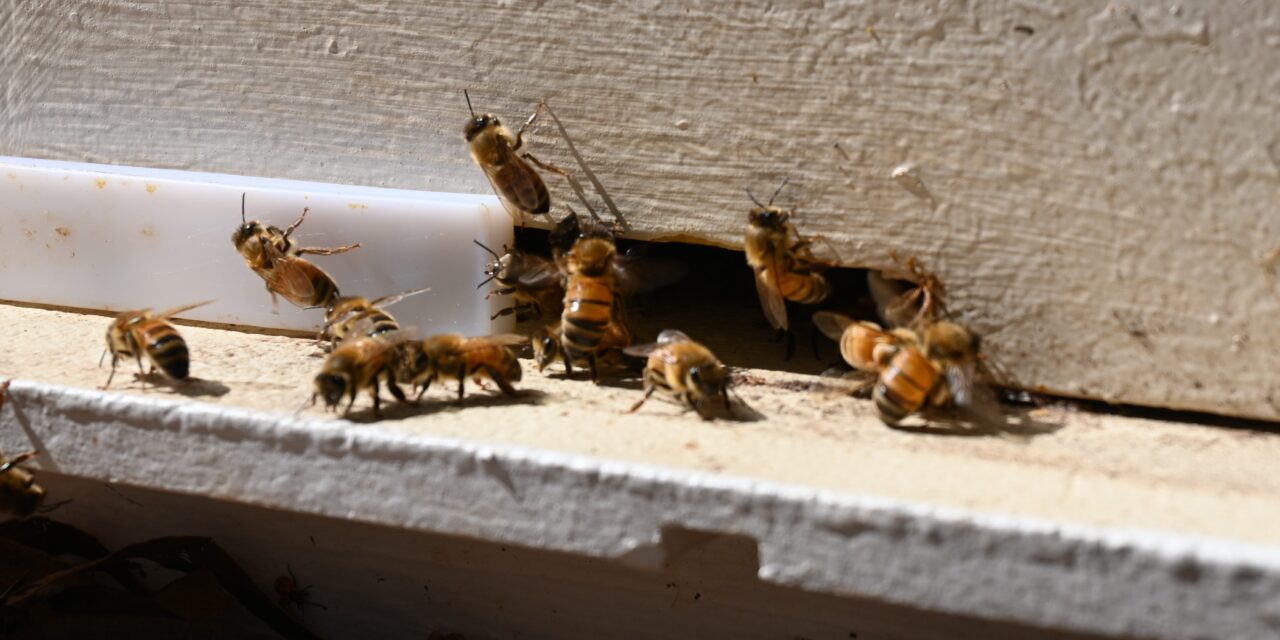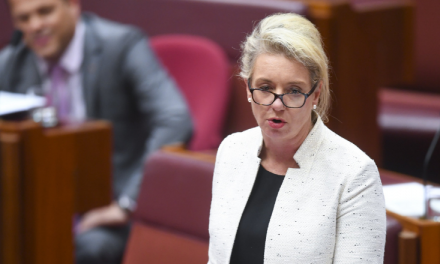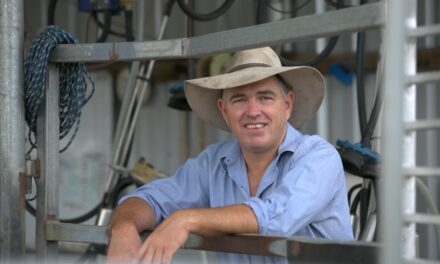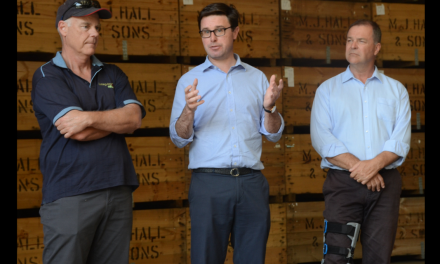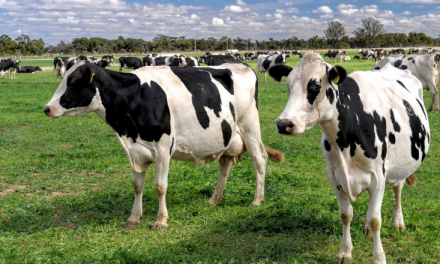Australian beekeepers can expect significant colony losses as the country’s bee industry transitions from an eradication approach to varroa mite to a management strategy, in the wake of several outbreaks in NSW this year.
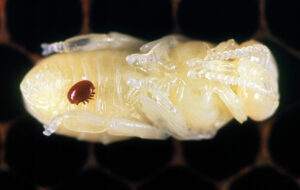
A nationwide effort to eradicate the pest in NSW since its first detection near Newcastle in June, 2022 has cost $100 million and involved the euthanasing of more than 30,000 hives.
Scientific data and advice suggested a strategy of eradication was no longer possible due to limited resources and a sharp increase in recent detections thought to be caused by non-compliance of some beekeepers.
Varroa mite is the the key biosecurity issue confronting beekeepers and the pollination industry.
Australian Honey Bee Council chief executive Danny Le Feuvre said hives infected with the mites will die without keeper intervention.
“In other countries where they are managing it, significant colony losses have become the norm in their beekeeping operations,” Mr Le Feuvre said.
About one fifth of hives in NSW containment zones were listed to be euthanased before the change in strategy was announced.
“If we were to continue down that path, it would have killed the industry,” Mr Le Feuvre said.
“It’s not going to spread like wildfire across the country so we do have time to prepare and upskill and train beekeepers.”
The varroa mite mainly feeds and reproduces on larvae and pupae, causing malformation and weakening of adult bees
Transmission of viruses via the mite is also a main concern for beekeepers.
Shepparton beekeeper Simon Happy said he was disappointed that the management had gone nationwide, having described the arrival of varroa mite as “inevitable” when he began his business six years ago.
“I guess I was hoping they would put up some border restrictions to keep it in NSW,” Mr Happy said.
“If they had put in some kind of restrictions, it would have slowed the spread across Australia.”
Mr Happy’s business relies mainly on providing hives to orchardists and requires moving hives between different crop flowering periods across Victoria.
He said the presence of varroa would be felt by larger companies.
“Those with a couple of thousand hives have taken big hits and so they will make a big noise,” he said.
“I am expecting a cost increase of 40 to 50 per cent for customers.”
A common concern of beekeepers is a suspected inadequacy of testing for the mite, despite the process being time-consuming.
“Three hundred bees out of a hive of 15-to-20,000 bees is a very small number to test,” Mr Happy said.
Varroa mite is controlled by treating hives with the pesticide amitraz and formic and oxalic acids at three different times of the year.
Victoria’s chief plant health officer Rosa Crnov said Victoria remained free of varroa mite and that focus would now be given to slowing its spread into the state and ensuring industries were prepared and supported for its arrival.
“The management model will support business continuity, minimising the impact of varroa on our beekeepers and pollination-dependent industries,” Dr Crnov said.
“Surveillance of varroa and keeping track of the movement of bees and beekeeping equipment via our permit system will continue to help us maintain a varroa-free status in Victoria while we work with industry to adapt to the new model.”
Victorian beekeepers are required to record any bee movements, regularly test bees for varroa and follow the requirements of the Control Area Order and any permits issued.

